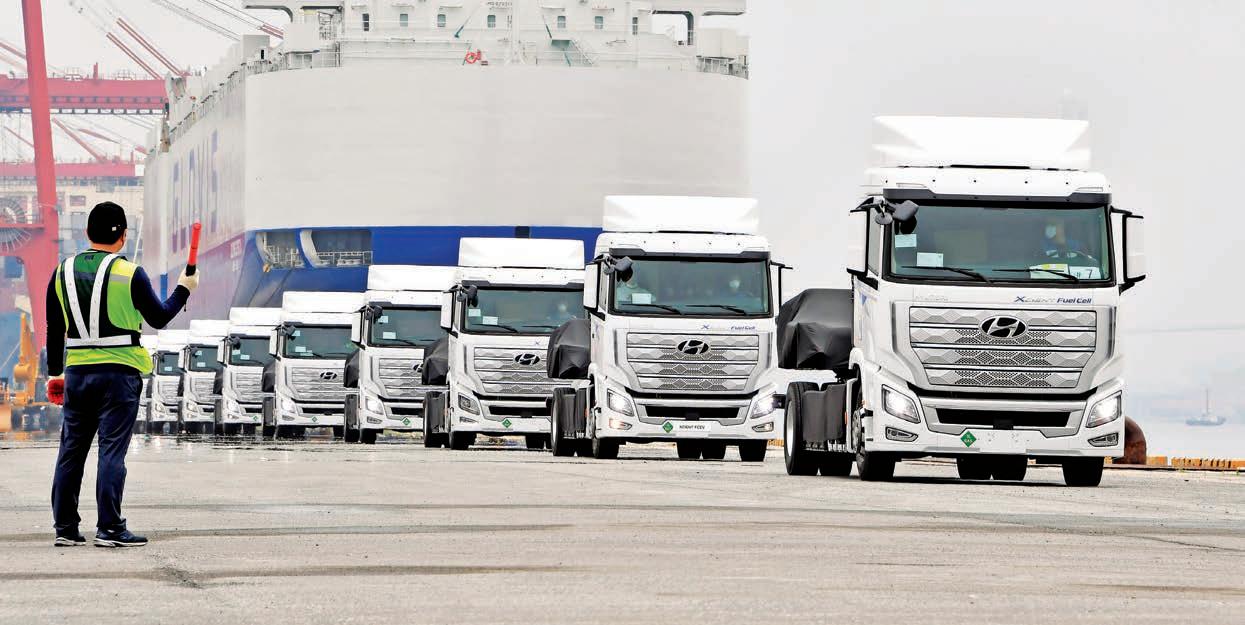CONVERGENCE
Becoming More Connected The trucking world is waking up to the powerful opportunities available to the industry in terms of safety, productivity, planning and transparency, which can be gained by the interconnectivity possible from systems communicating, in real time, across the truck, the operating base, the customer and with the surrounding infrastructure.
A
s business systems, truck telematics and smart software generate more and more useable data for every aspect of the trucking industry. There is now a trend where the need for in-cabin convergence is coming to the fore. There is often a range of electronic devices all working independently in a truck and the next stage in development will see these technologies converging to a greater extent. It is not a matter of ‘if’ these systems will converge, but a matter of ‘when’ they will converge. The fragmented nature of the electronics fitted in different trucks, fleets and industry sectors means the process of integration and convergence could take a number of twists and turns on the way to the ‘nirvana’ of a single integrated data flow from the truck, to the
46
DIESEL September-October 2020
operator and from there into the various business systems involved. Simply put, we are looking at a future where there will not be five black boxes with five SIMs in a truck, all talking to a different system online. Instead, what is now a black box will be a series of apps on a single interface, where smarts can feed data to other control systems as well as online to other management systems. Data will be available wherever it is needed, in real time, all the time. The concept of convergence will also go way beyond the reduction in the number of black boxes in the cabin. There is also the convergence of the data that all of these different pieces of equipment pump out constantly. Yes, vehicle data may be going to the maintenance department back at base and the driver behaviour data to
those in charge of safety and compliance, but contained in that flow is a massive amount of data which the business can use elsewhere. This will be another stage of convergence in which the data from the truck converges with the data travelling around within the business system of the operation. This is where artificial intelligence should create another major step forward in its effectiveness. Utilising all of the data flows around a trucking operation, business intelligence will be able to identify behaviours and trends way before they would become obvious to the casual observer. In this way, the data convergence becomes a teaching tool for an overall system which can pursue the targets set by the management. In this first part of an ongoing series










